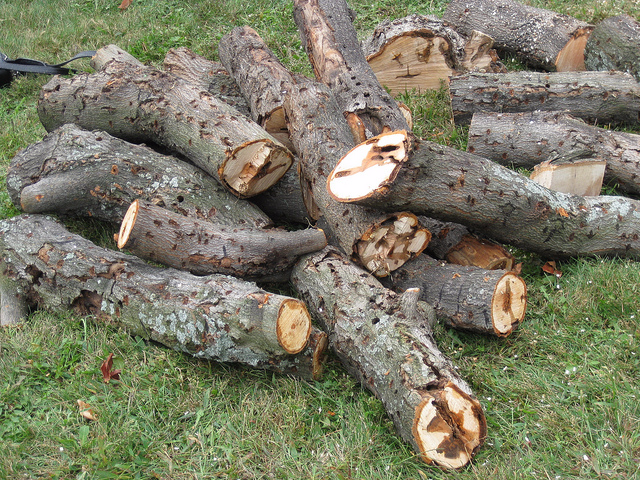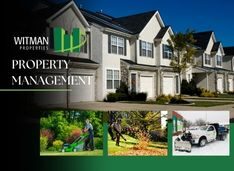Asian Longhorned Beetle Won’t Die: 35,000 Trees Leveled and Counting
| . Posted in News, policy - 0 Comments
2015: Worcester Magazine reported that Worcester has the largest infestation of Asian Longhorn Beetle on the continent. In just seven years, 35,000 trees have been destroyed in an effort to impose a quarantine zone 110 square miles in size.
“We're on the edge of a forest that goes all the way up through Vermont, goes all the way up to the Arctic,” said Ruth Seward, Program Coordinator for the Worcester Tree Initiative, as quoted by Worcester Magazine.
If the beetle is not stopped, presumably it could remove whole species of trees from New England forests, including the economically valuable Sugar Maple. So far the Massachusetts Department of Conservation and Recreation (DCR) and the United States Department of Agriculture (USDA) have spent $146 million trying to contain the outbreak.
As of September 2014, it was believed that the quarantine belt was fully clear-cut. Worcester and surroundings should now be ecologically isolated, at least as far as the beetle is concerned.
It remains imperative that no one move firewood out of the quarantine area, where the beetles remain alive and active.
Almost a hundred people are now being employed by DCR and USDA to survey trees within the quarantine zone. All infected trees and surrounding host trees must be destroyed. The intent is to starve the beetle population.
First Reported by Ford's Hometown Services
According to Wikipedia, the beetle first appeared in Worcester in 1997, when it was discovered by "a Worcester exterminator." That exterminator was Ford's Hometown Services. We called Ford's for the story.
"[Back in 1997] somebody right in the area had brought it in," Geoff Ford said. "I couldn't find it in any local books so I named it a Tiger Beetle." Ford would have needed a foreign book to identify it, as the beetle came from China.
The Tiger Beetle became a part of Ford's "Bug Club," a large collection of live insects that Ford takes on tour to schools and birthday parties.
Then in 2008, when the beetle was recognized as an ecological menace, the Worcester Telegram published a picture on its front page. Ford recognized the picture.
"I said, 'I think I have that in my collection.' ", Ford said.
He brought his specimen to a community meeting at Quinsagmond Community College. There he showed it to city officials, who took the beetle and sent it to Washington DC for confirmation at the USDA. That official confirmation ignited the battle of the last seven years.
Ford's, famous for their highway billboards, ran this billboard when the beetle was first confirmed. 
Thanks to Ford and his deep passion for his work, we have been made aware of the long tenure this beetle has had in our forests.
Without this knowledge we might not taken the drastic steps needed to contain the infestation. 
The Asian Longhorned Beetle is a voracious destroyer of many North American hardwoods. If you see holes in a tree, report the tree to 866-702-9938, or visit asianlonghornedbeetle.com.
Read about the progress being made, and why Worcester in particular was so vulnerable, in this feature-length article by Worcester Magazine.




